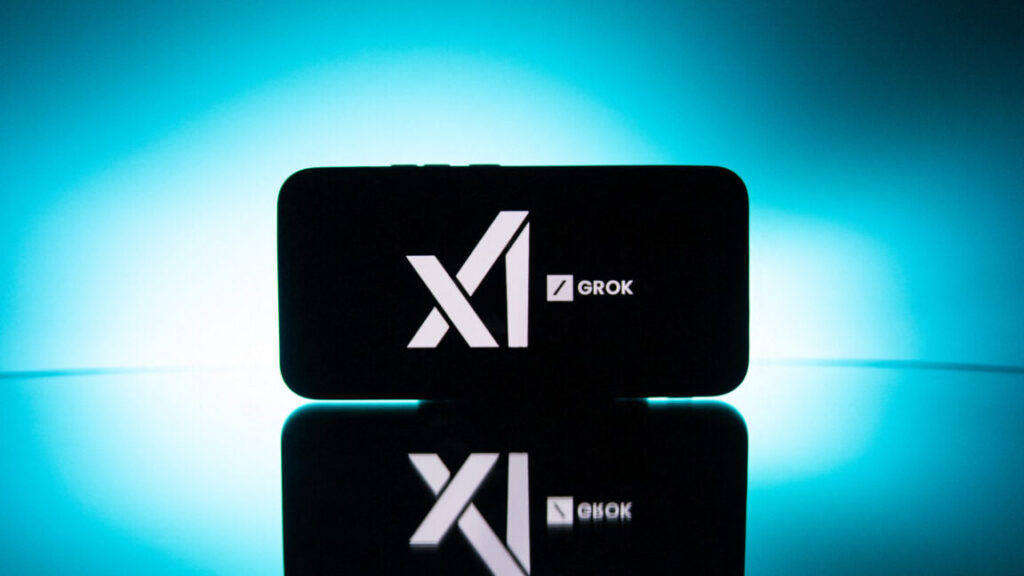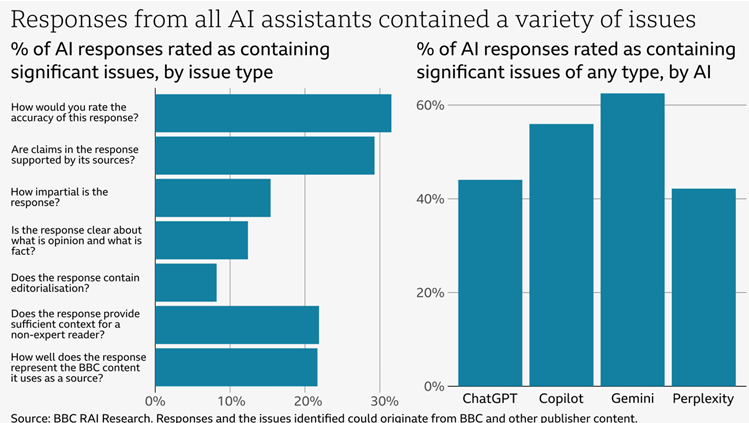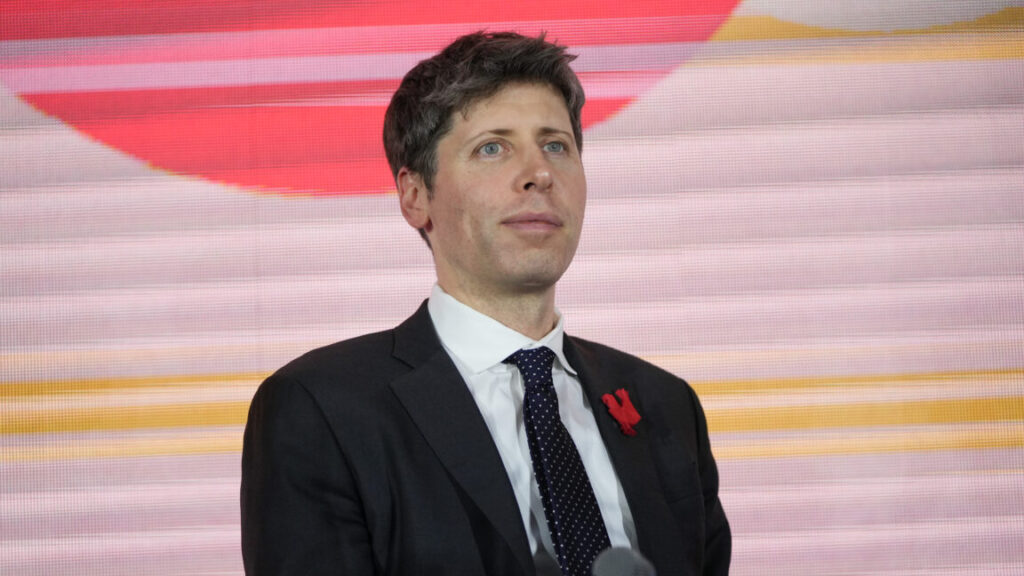DeepSeek goes beyond “open weights” AI with plans for source code release
Major models, including Google’s Gemma, Meta’s Llama, and even older OpenAI releases like GPT2, have been released under this open weights structure. Those models also often release open source code covering the inference-time instructions run when responding to a query.
It’s currently unclear whether DeepSeek’s planned open source release will also include the code the team used when training the model. That kind of training code is necessary to meet the Open Source Initiative’s formal definition of “Open Source AI,” which was finalized last year after years of study. A truly open AI also must include “sufficiently detailed information about the data used to train the system so that a skilled person can build a substantially equivalent system,” according to OSI.
A fully open source release, including training code, can give researchers more visibility into how a model works at a core level, potentially revealing biases or limitations that are inherent to the model’s architecture instead of its parameter weights. A full source release would also make it easier to reproduce a model from scratch, potentially with completely new training data, if necessary.
Elon Musk’s xAI released an open source version of Grok 1’s inference-time code last March and recently promised to release an open source version of Grok 2 in the coming weeks. However, the recent release of Grok 3 will remain proprietary and only available to X Premium subscribers for the time being, the company said.
Earlier this month, HuggingFace released an open source clone of OpenAI’s proprietary “Deep Research” feature mere hours after it was released. That clone relies on a closed-weights model at release “just because it worked well,” Hugging Face’s Aymeric Roucher told Ars Technica, but the source code’s “open pipeline” can easily be switched to any open-weights model as needed.
DeepSeek goes beyond “open weights” AI with plans for source code release Read More »














